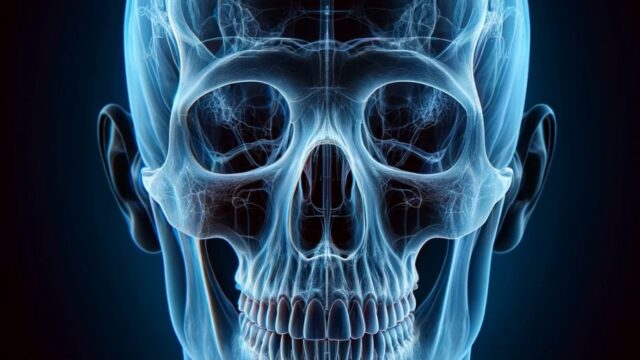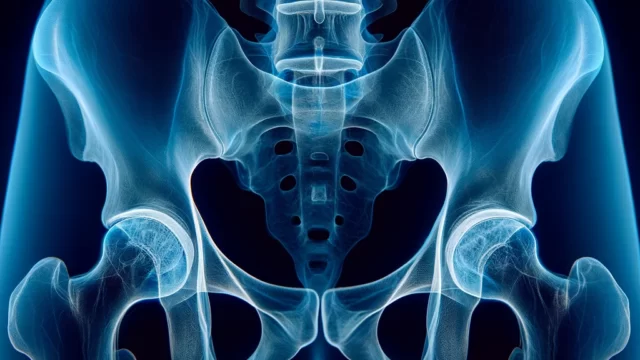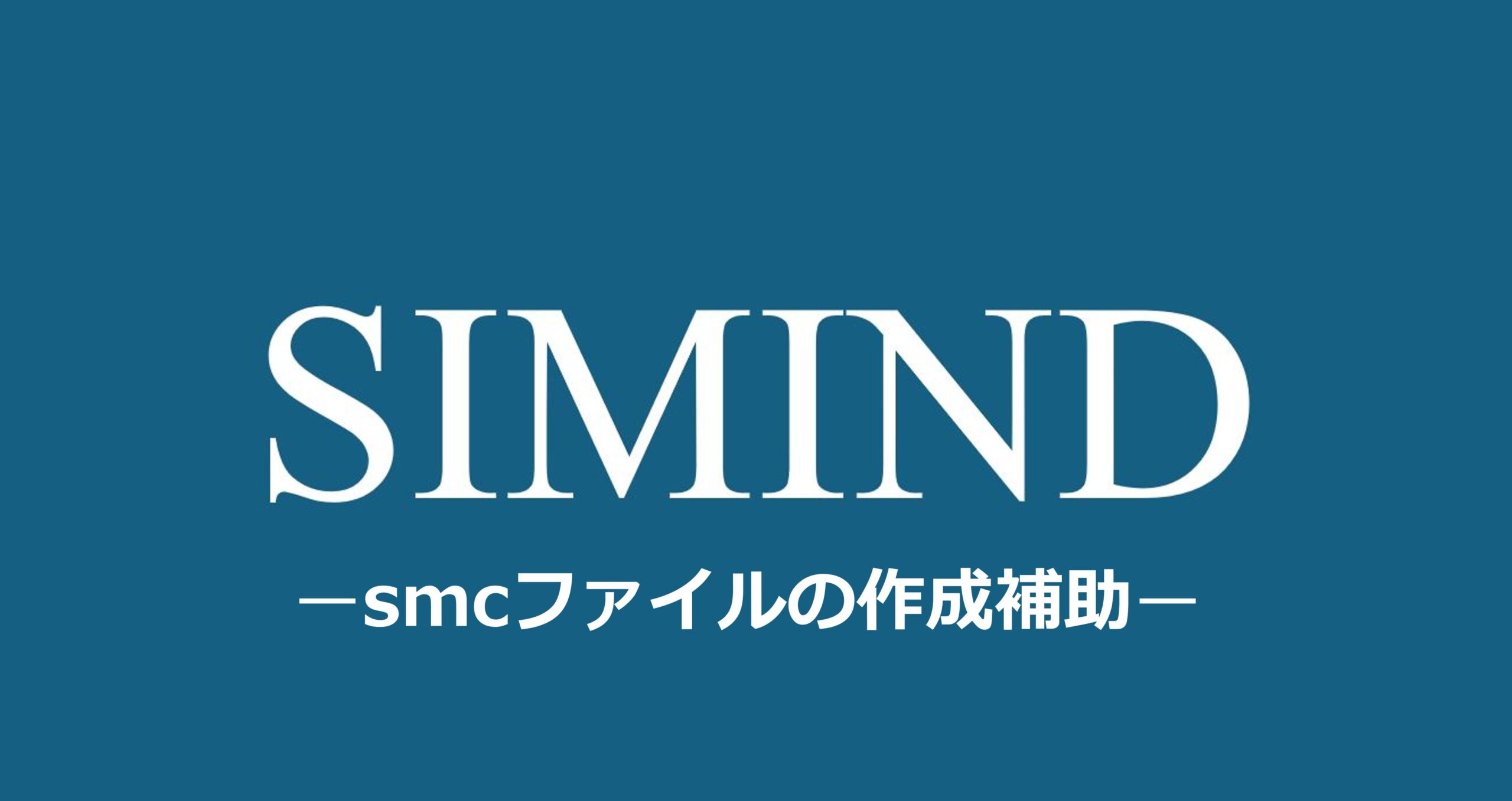Purpose
Observation of tumors or calcifications in the apical region of the lungs (common site for pulmonary tuberculosis).
Prior confirmation
Please confirm if it is necessary to include the lower lung field (costophrenic angle) in the photograph.
Remove any obstructive objects (necklaces, tied-up hair, buttons, etc.).
Positioning
Standing with back facing the cassette or lying supine.
The upper edge of the cassette should be 5 cm above the shadow of the shoulders.
Place both hands on the lower back with the backs of the hands against it, extending the elbows forward to move the scapulae away from the lung fields.
Place markers (R, L).
Erect :
Sit 30 cm away from the cassette, lean back, and rest the shoulders against the cassette.
The angle between the upper body and the cassette should be approximately 15-30 degrees.
Supine :
Align the coronal plane parallel to the cassette.
CR, distance, field size
CR : Incident to the center of the sternum on the mid-sagittal plane.
Erect : Vertical beam or oblique entry at a caudal-cranial angle of 5 degrees (Flaxmann method).
Supine : Oblique entry at a caudal-cranial angle of 15-20 degrees.
Distance : 200 cm.
Field size : Centered on the body of the sternum, extending 5 cm above the shadow of the shoulders.
Exposure condition
120kV / 6mAs *Using the maximum mA setting to minimize the influence of cardiac motion.
Grid ( + ).
Maximum inspiration.
Image, check-point
Normal (Radiopaedia)
The apices of the lungs are well visualized.
The left-right and upper-lower lung fields (including the costophrenic angles if necessary) are not cut off.
The proximal clavicles are projected superior to the apical region.
The clavicles are projected symmetrically on both sides.
The clavicles and upper ribs (up to the 4th rib) are projected almost horizontally.
Both scapulae are projected outside the lung fields.
There is no motion blur.
Videos
Related materials

















